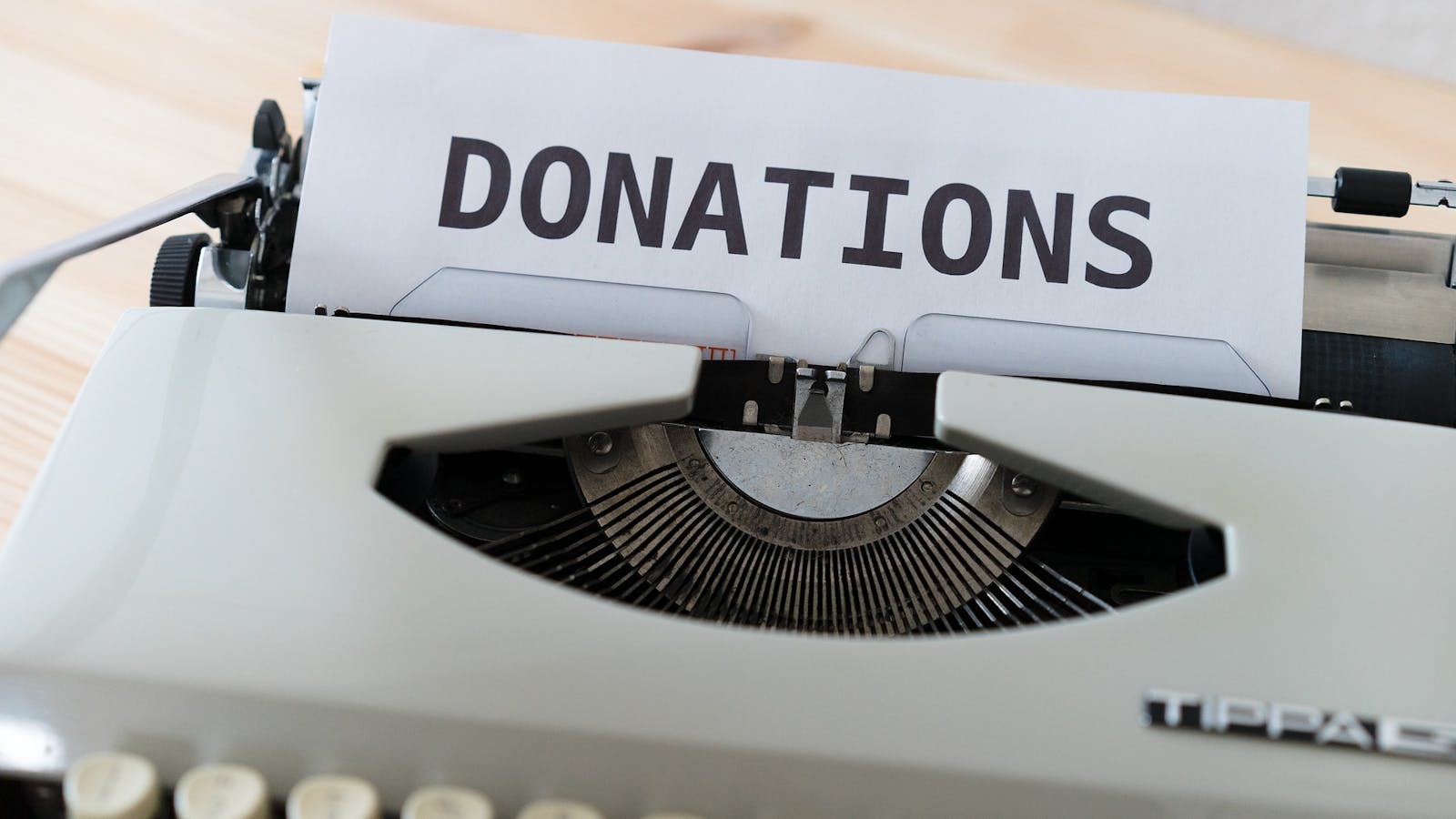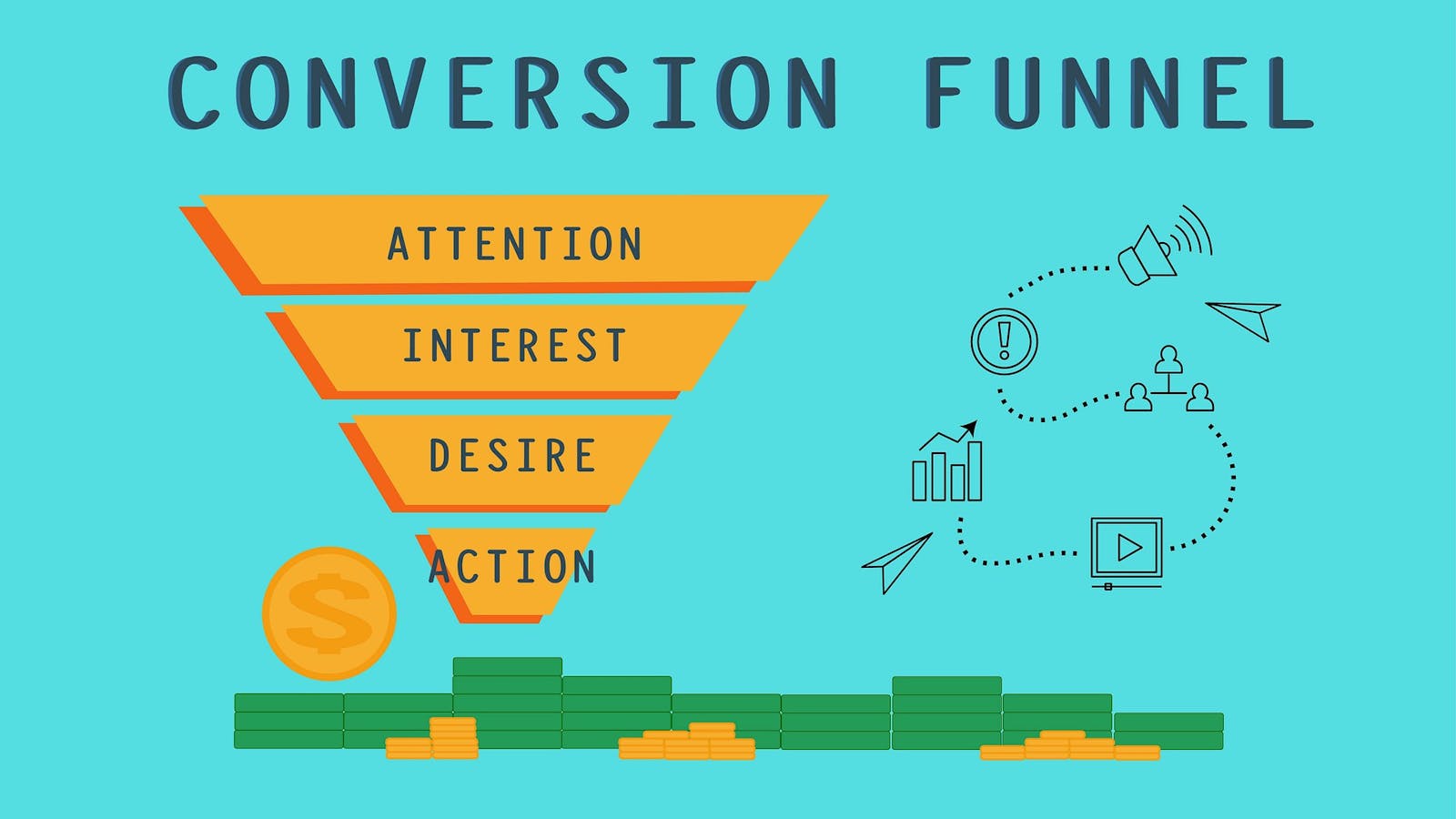
9 Tips for Creating a Successful Email Fundraising Campaign
CP Advertising
1/22/2025
CP Advertising
1/22/2025
Introduction
In the ever-evolving world of online fundraising, effective email communication is a vital tool for engaging donors and driving contributions. With inboxes overflowing, capturing attention and inspiring action requires a strategic approach that goes beyond mere solicitation. In this blog, we’ll explore best practices for email fundraising that can elevate your campaigns and strengthen donor relationships in the long term. From personalizing greetings to telling compelling stories, highlighting specific events, and creating a sense of urgency, each tactic plays an important role in transforming potential supporters into passionate advocates for your mission. Whether you’re a seasoned fundraiser or just starting out, these insights will equip you with the tools to craft impactful emails that resonate with your audience and inspire meaningful support for your cause.
Let’s get started.
Appeal on a Personal Level
Incorporating a personal touch in email fundraising campaigns is necessary for fostering genuine connections with potential donors. When emails are tailored to resonate on an individual level, they significantly enhance engagement and response rates. Personalization does not need to be complicated. It can be as simple as sharing relevant stories or experiences that relate to the donor's interests to create an emotional bond, making them more likely to contribute. For instance, referencing past support or highlighting how their specific donations have made a difference can instill a sense of ownership and pride in their contributions, making them feel valued and relevant. Ultimately, by appealing to donors personally, organizations not only increase the likelihood of immediate donations but also cultivate long-term relationships that can lead to sustained support over time.
Show the Impact of Donations
Highlighting the impact of donations in fundraising emails is a vital best practice that can significantly enhance donor engagement and encourage contributions. When potential donors understand how their financial support translates into tangible outcomes, they are more likely to feel motivated to give. This can be achieved by sharing specific stories and statistics that illustrate the difference their donations make. For example, consider the faith-based nonprofit Samaritan’s Purse. Their online gift catalog suggests a donation amount and specifies what that donation can provide, e.g. a specific number of meals for a child, refugee assistance, clean water for a community, and more. Stating that “your $50 donation will feed a family for a week” not only quantifies the impact but creates a powerful emotional connection.
When demonstrating the impact of their donation, make sure to include visuals such as photos of beneficiaries or infographics. These can further reinforce your message, making it more memorable. By clearly demonstrating the results of their generosity, organizations build trust and transparency, ultimately fostering a sense of community among supporters and inspiring them to contribute again in the future.
Create Donor Personas
Creating donor personas is a strategic process of developing detailed, data-driven profiles that represent different segments of your potential donor base. The process begins by gathering comprehensive information from your existing donor database, conducting surveys, and interviewing stakeholders to understand their demographics, motivations, and giving behaviors. Key components of an effective donor persona include demographic details like age, income, and location, as well as psychographic information such as values, interests, and communication preferences. By crafting these semi-fictional representations, nonprofits can tailor their fundraising strategies, personalize communication, and design targeted campaigns that resonate with specific donor segments. Make sure to create several distinct personas that reflect the nuanced characteristics of your potential supporters, enabling more precise and engaging outreach that increases donor connection and ultimately drives contributions.
Personalize your Greeting
Personalizing the greeting in your email fundraising campaigns is a powerful way to immediately engage donors and remind them of the impact they can have. As we mentioned earlier, nix generic salutations and use recipients’ first names instead to create a sense of intimacy and recognition, making them feel valued as individuals rather than just another entry on a mailing list. This simple yet effective strategy reinforces the idea that their support matters and that they hold the power to make a meaningful difference. For instance, starting an email with “Dear Sarah, your support has helped us achieve incredible milestones” not only personalizes the message but also highlights the donor’s previous contributions and their potential for future impact. By framing the conversation around the unique role each donor plays in your organization’s mission, you foster a deeper emotional connection that can inspire action and encourage ongoing support.
Engage in Emotional Storytelling
Emotional storytelling is the heartbeat of compelling fundraising emails, transforming abstract donation requests into powerful, human-centered narratives that inspire action. By sharing authentic, deeply personal stories that showcase real individuals whose lives have been directly impacted by your organization's work, you create an emotional bridge between donors and your mission. These stories should go beyond surface-level descriptions, diving into the nuanced, human experiences that reveal vulnerability, resilience, and hope. For instance, instead of simply stating statistics about poverty, share a detailed narrative about Sabrina, a young, single mother who overcame systemic barriers through your program's support, illustrating her challenges, her children's dreams, and the tangible transformation your donors can enable.
The most effective stories create an emotional resonance that moves donors from passive sympathy to active engagement. Empower your audience to see themselves as crucial characters in the larger narrative of social change. By crafting narratives that are specific, vivid, and emotionally compelling, you invite donors to become more than financial contributors—you invite them to become protagonists in a story of meaningful impact.
Be Specific
Leveraging specific event promotions can be a powerful strategy to drive donor engagement and create urgency in fundraising emails. By highlighting time-sensitive opportunities, such as matching gift challenges, year-end giving campaigns, or milestone fundraising events, you create a compelling narrative that motivates immediate action. For example, a "24-Hour Giving Challenge" where every donation is doubled by a major donor can transform a standard fundraising request into an exciting, collaborative moment. These promotions work best when they clearly communicate the unique value proposition: "Today, your $50 becomes $100 and provides school supplies for 10 children" or "Join our matching gift challenge and double your impact before midnight!" These time-sensitive campaigns are especially useful across digital platforms, such as email and social media, and can respond in real time to these time-sensitive campaigns.
The key is to create a sense of excitement, limited-time opportunity, and collective momentum that makes donors feel they are part of something bigger than themselves. By framing these events as community-driven moments of potential transformation, you not only increase donation likelihood but also foster a sense of shared purpose and collective achievement that can strengthen long-term donor relationships.
Establish a Compelling Sense of Urgency
Creating a compelling sense of urgency is a critical strategy in email fundraising that motivates donors to take immediate action by highlighting time-sensitive opportunities and potential consequences of inaction. Effective urgency focuses on connecting donors to the real-world implications of their timely support. This might involve framing donations around critical moments like matching gift windows, emergency relief efforts, or specific programmatic deadlines where funds can make an immediate, transformative difference. For example, an email might emphasize, "We have 48 hours to secure funding that will provide clean water to 500 families facing a critical water shortage.” This not only introduces a time constraint but also illustrates the tangible impact of swift action. The most powerful urgency narratives link time sensitivity to human impact, helping donors understand that their prompt contribution can prevent suffering, create immediate opportunity, or solve an imminent challenge. By crafting messages that make the cost of delay feel as significant as the potential for positive change, nonprofits can inspire donors to move from consideration to commitment, transforming potential support into immediate, meaningful action.
Say Thank You
Expressing gratitude through heartfelt thank-you messages is an essential best practice in email fundraising that significantly enhances donor relationships and encourages future support. A simple yet sincere "thank you" acknowledges the generosity of your donors, making them feel appreciated and valued for their contributions. This appreciation can be communicated immediately after a donation is made, reinforcing the positive feelings associated with the gift. However, it doesn’t stop there; follow-up emails that share the impact of their donation—such as updates on projects funded or stories of beneficiaries—further deepen this connection. For instance, a message that reads, “Thank you for your generous support! Because of you, we were able to provide meals for 12 families last month,” expresses gratitude and highlights the tangible difference their contribution makes.
Additionally, incorporating personalized elements, such as addressing donors by name and referencing their specific contributions, can make these messages even more impactful. By consistently showing appreciation and demonstrating the real-world effects of their generosity, organizations can cultivate loyalty and inspire donors to continue their support in the future.
Consistently Communicate
Consistent communication is the cornerstone of building long-term donor relationships that extend far beyond individual transactions. By developing a strategic communication cadence that balances informative updates, impact stories, and thoughtful engagement, nonprofits can transform one-time donors into committed, passionate supporters. This approach involves creating a deliberate communication rhythm that keeps donors informed without overwhelming them. Stay in touch with a monthly newsletter, quarterly impact reports, and periodic personalized outreach demonstrating their support's ongoing value. The key is to provide meaningful content that goes beyond donation requests, sharing organizational progress, highlighting success stories, and giving donors a transparent view of how their contributions create real-world change.
Consistency also means maintaining a reliable tone and brand voice that donors come to recognize and trust, which helps build credibility and emotional connection. By treating donor relationships as ongoing dialogues rather than transactional interactions, organizations can cultivate a sense of community, making supporters feel like integral partners in the mission rather than simply financial contributors. This long-term relationship-building approach not only increases the likelihood of repeat donations but also transforms donors into potential ambassadors who may advocate for your cause within their own networks.
Conclusion
In conclusion, implementing best practices in email fundraising is essential for cultivating meaningful connections with donors and maximizing the impact of your campaigns. By personalizing greetings, highlighting the direct connection between donations and your organization’s mission, and employing deep emotional storytelling, you can engage supporters on a profound level. Consistent communication builds long-term relationships, while creating a sense of urgency encourages immediate action. Additionally, promoting specific events and expressing heartfelt gratitude fosters a sense of community and loyalty among donors. Together, these strategies not only enhance donor engagement but also transform one-time contributors into lifelong advocates for your cause. As you refine your email fundraising approach, remember that each message is an opportunity to inspire action, share impact, and deepen the bond between your organization and its supporters. Embrace these best practices to create compelling narratives that resonate and drive meaningful change.
Ready to discover how The Christian Post can maximize your fundraising strategy? Let’s talk.


